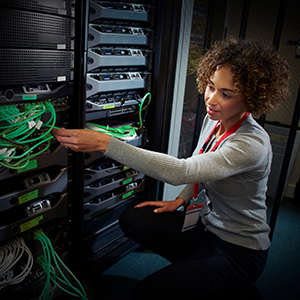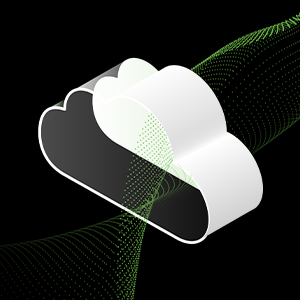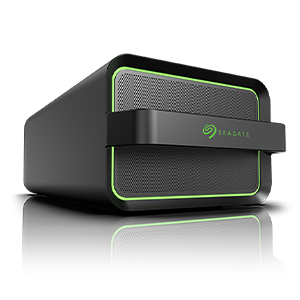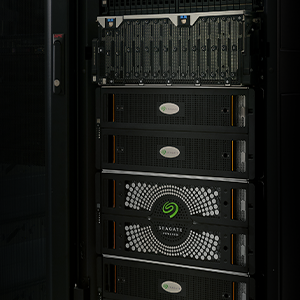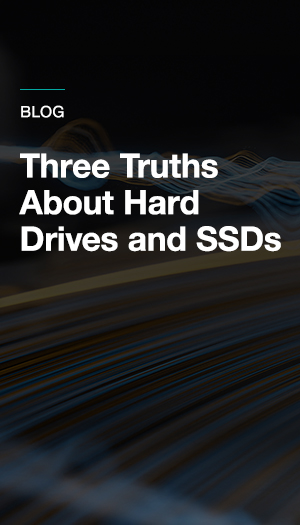
Transferring data from one PS5™ or PS4™ to another PlayStation® console is crucial for maintaining progress, saving files, and storing digital game libraries. Whether moving to a new system, setting up at a friend’s house, or backing up data, understanding the best methods for transferring your games is essential.
With solutions like Seagate Game Drive for PS5™ SSD and PlayStation® external hard drives, transitioning between consoles becomes effortless, maximizing storage and accessibility wherever you go.
Let’s dive into the step-by-step process of transferring your data over to another PlayStation® console.
How to transfer data from one PS5™ to another PS5™?

If you’re transferring data between two PS5™ consoles, follow these steps for a smooth and efficient process:
- Confirm both PS5™ consoles are updated to the latest system software.
- Connect both consoles to the same Wi-Fi network or use a LAN cable for a faster transfer.
- Power on both consoles and sign in to your PlayStation® Network (PSN) account on each.
- On your new PS5™, go to Settings > System > System Software > Data Transfer.
- Follow the on-screen instructions to begin the transfer.
- Keep both consoles powered on and wait for the transfer to complete.
- Once finished, verify your games and data have successfully transferred.
Alternatively, you can use an external PS drive to move games and save data, providing flexibility and convenience without relying on the console’s built-in storage. Seagate Game Drive for PS5™ is an excellent option for taking your gaming data wherever you go.
How to transfer data from one PS4™ to another PS4™?

Transferring data from one PS4™ to another is simple. You have two options to transfer your data.
Transfer data via Wi-Fi or LAN.
If you’re setting up a new PS4™ and want to move all games, save data, and maintain settings:
- Connect both PS4™ systems to the same network. Use Wi-Fi or LAN cables for faster transfer.
- Sign into your PSN account. Use the same PlayStation® account on both consoles.
- On the new PS4™, go to Settings > System > Transfer Data from Another PS4™.
- Follow the on-screen instructions to select the data you want to transfer.
- Start the transfer. This may take a few hours, depending on the data size.
Transfer via external drive.
- Install your games on an external hard drive like Seagate Game Drive.
- Turn off your PS4™.
- Unplug your external hard drive.
- Plug the external hard drive into the new PS4™.
- Turn on the PS4™.
- Press the Home button on your controller.
- Log into your account.
- Enjoy your games on your new system or at a friend’s place!
How to transfer data from a PS4™ to a PS5™?

Transfer game data via Wi-Fi or LAN connection.
If you have both consoles, you can transfer everything (games, saved data, and settings) via Wi-Fi or LAN:
- Connect both PS4™ and PS5™ to the same Wi-Fi network or use a LAN cable for faster transfer.
- Sign into the same PSN account on both consoles.
- On PS5™, go to Settings > System > System Software > Data Transfer.
- Follow on-screen instructions to select and transfer your games.
Redownload your digital games from the PlayStation® store.
- Sign in on PS5™ with the same PSN account as your PS4™.
- Go to the Game Library and find your purchased games.
- Download and install them on your PS5™.
Use an external PlayStation® drive.
If your PS4™ games are installed on an external hard drive, you can plug it directly into your PS5™, and the games will be available to play directly from the drive.
Best practices for transferring data between PlayStation® consoles.
For a smooth data transfer experience, follow these best practices.
- Prepare in advance. Update your consoles, back up important data, and connect to a stable network before initiating the transfer.
- Monitor the process. Watch the transfer progress to prevent errors and interruptions.
- Verify data integrity. Once the transfer is complete, check that all your games and saved files are accessible on the new console.
- Optimize portability. If you frequently switch between consoles, consider purchasing digital versions of games and store them on Seagate Game Drive for PS5 for maximum flexibility.
Upgrade for uninterrupted gaming sessions.
Seagate external PlayStation® drives will help you seamlessly transfer data between PlayStation® consoles. With high-capacity storage and fast transfer speeds, you can move your games effortlessly and focus on what matters most—playing.
Whether you’re upgrading to a new PS5™ or sharing games with friends, Seagate external PlayStation® storage solutions provide the reliability and performance needed for uninterrupted gaming.
Explore Seagate Game Drives for PS5™ today and experience the flexibility to game anywhere, anytime.

